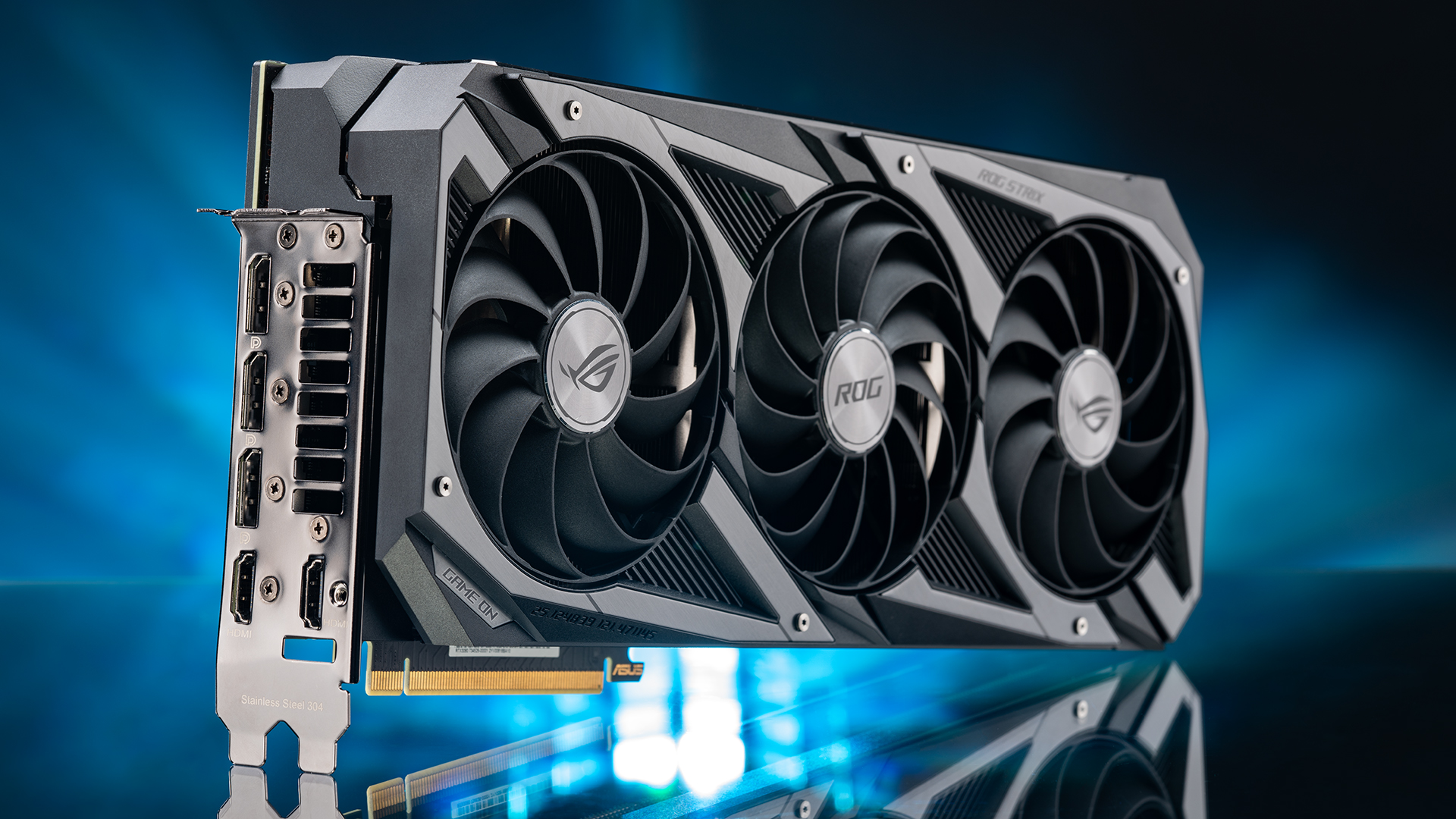If you’re a first-time buyer, you may wonder how to pick a graphics card. This article will help you understand what you should look for, such as memory speed vs bandwidth, case compatibility, and frame rate. If you’re still unsure, read on for tips. Once you’ve read this, you’ll be on your way to making an informed decision. We’ll also cover the best graphics cards for gaming.
Memory speed vs bandwidth
When choosing a graphics card, memory speed is crucial. Memory speed refers to the amount of data a video card can access per clock cycle. The larger the bus width, the faster the video card will process data. The more bus width, the faster your graphics card will run. However, there is a point at which the performance of a card will diminish. Memory speed can be an important factor when selecting a graphics card, but a GPU cannot function well with slow memory bandwidth.
The maximum theoretical memory bandwidth is the product of memory clock, transfers per clock, and width. In this way, a 2GB card can handle up to 1800MB of data. A 4GB card can handle more than this. Regardless of what type of card you choose, make sure it has the same bus width and memory speed. For example, a 4GB card will have a higher bandwidth than a 2GB card. Moreover, if you are buying a 4GB card, you may find that it uses more than 2GB.
Case compatibility
When picking a graphics card, you need to take into account the case’s case compatibility. You’ll find a wide range of options when it comes to cases, from RGB lighting to customizable RGB strips. Some cases have RGB lighting built in and RGB strips can be added after the fact. Likewise, some cases have vertical GPU mounting, which requires a special bracket and PCIe riser cable. If you want to install a tempered glass side panel, you’ll need a solid cable management system.
To choose a case compatible with your graphics card, look for ATX or ITX. An ATX motherboard requires a motherboard that is ATX compatible. An ITX motherboard is smaller and requires an ATX case. Thermaltake’s Core V1 is an excellent example of an ATX tower case. It meets all the manufacturer’s requirements and can withstand the rigors of an ATX case.
Frame rate
If you play competitive video games, it is important that you pick a graphics card with a high frame rate. This is a measure of the smoothness of your game’s animations. While this may not be a priority for casual gamers, it is essential for competitive players. At 30fps, your game’s video will seem like it is running on a motion picture. A higher frame rate will give you more stability and smoothness.
In gaming, high FPS is essential. It translates to smooth game play, and a high FPS is the deciding factor for a gamer. Too many FPS can lead to stuttering, so make sure to choose a graphics card that can handle the amount of FPS your game demands. Make sure that the graphics card you choose is compatible with your monitor’s resolution before purchasing a graphics card.

